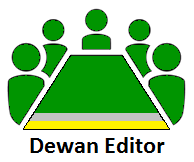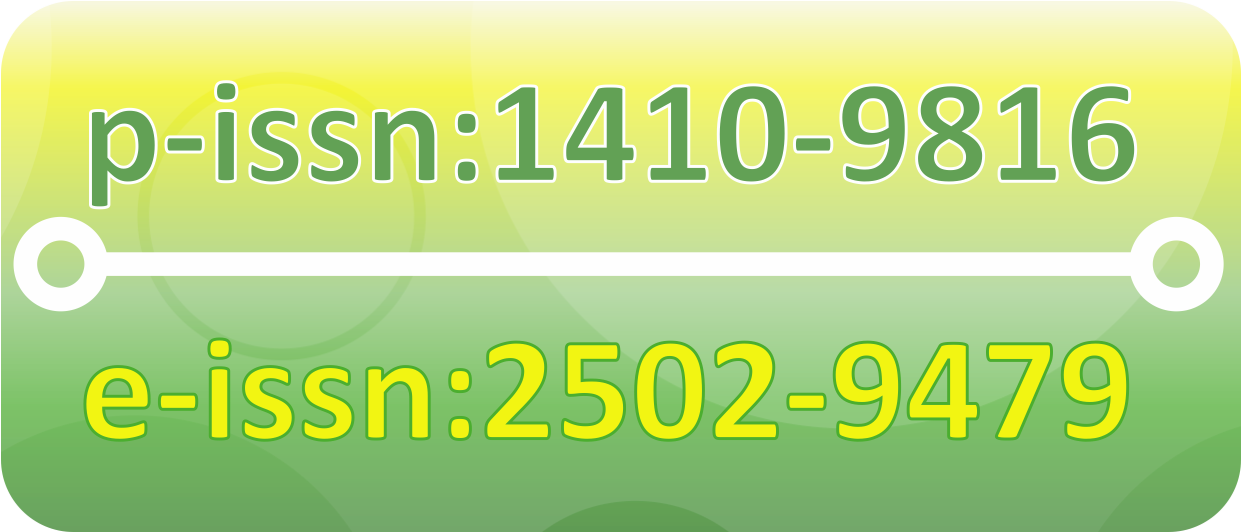KARAKTERISTIK DEFORMASI GUNUNG MURIA PERIODE 2010-2014
DOI: http://dx.doi.org/10.17146/jpen.2015.17.2.2504
Sari
ABSTRAK
KARAKTERISTIK DEFORMASI GUNUNG MURIA PERIODE 2010-2014. Kegiatan pemantauan deformasi di Gunung Muria direkomendasikan oleh IAEA untuk dilakukan selama lima tahun. Tujuan dari kegiatan ini untuk mengetahui deformasi tanah di sekitar Muria yang terdiri dari pergeseran regional maupun lokal serta nilai regangan tanah, data ini bermanfaat untuk mendukung aspek keamanan dan keandalan calon tapak dalam rencana pembangunan PLTN (Pembangkit Listrik Tenaga Nuklir) di Semenanjung Muria, Jawa Tengah. Sejak tahun 2010 sampai dengan 2014 telah dilakukan pemantauan pada 5 lokasi BM (Benchmark). yaitu di Mijen, Rahtawu, Perdopo, Cranggang, dan Ketek Putih. Pemantauan dilakukan dengan metode survei GPS secara periodik bekerjasama dengan Fakultas Teknik Jurusan Geodesi ITB. Hasil analisis menggunakan software GAMIT 10.4 dapat disimpulkan bahwa sampai dengan tahun 2014 terjadi pergeseran regional di sekitar Muria yang didominasi oleh pergerakan lempeng (rotasi blok Sunda) dengan kecepatan 2,2 cm/tahun. Pergeseran lokal terjadi di 5 lokasi BM dengan kecepatan 2-3 mm/tahun. Perhitungan regangan diperoleh nilai sebesar 2 x 10-2 microstrain/tahun terjadi di wilayah Utara Muria, nilai tersebut lebih tinggi dari nilai regangan yg konsisten (5 x 10-8 microstrain/tahun), artinya ada indikasi gerakan tanah.
Kata kunci: deformasi, global positioning system, metode diferensial.
ABSTRACT
THE CHARACTERIZATION OF MURIA MOUNTAIN DEFORMATION IN THE PERIOD OF 2010-2104. Deformation monitoring activity for Muria Mountain is recommended by the IAEA to be carried out in five years. The goal of this activity is to identify the soil deformation and strain surrounding Muria regionally and locally, this data is beneficial to support safety and reliability aspect of candidate site for constructing the Nuclear Power Plant in Muria Peninsula. Since the year of 2010 to 2014 the deformation monitoring had been applied in five benchmarks which are Mijen, Rahtawu, Perdopo, Cranggang, and Ketek Putih. The monitoring has been done successfully in collaboration with the faculty of Geodesy ITB. Based on the analysis by using GAMIT 10.4 it can be concluded that until the year of 2014 the regional deformation surrounding the Muria is dominated by plate movement namely Sunda block which has the acceleration as fast as 2.2 cm/year. The local deformation at the 5 Benchmark indicates the presence of deformation as fast as 2-3 mm/year. The strain measurement demonstrates the presence of the strain rate at Northern Muria as big as 2 x 10-2 microstrain/year, which is higher than the number of consistent strain (5x 10-8 microstrain/year), this mean there is an indication of deformation.
Keywords: deformation, global positioning system, differensial method.
Teks Lengkap:
PDFRefbacks
- Saat ini tidak ada refbacks.
 Jurnal Pengembangan Energi Nuklir
Jurnal Pengembangan Energi Nuklir


